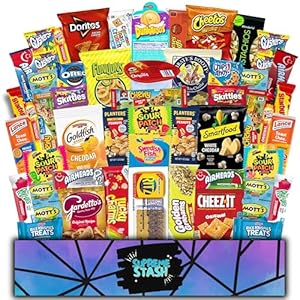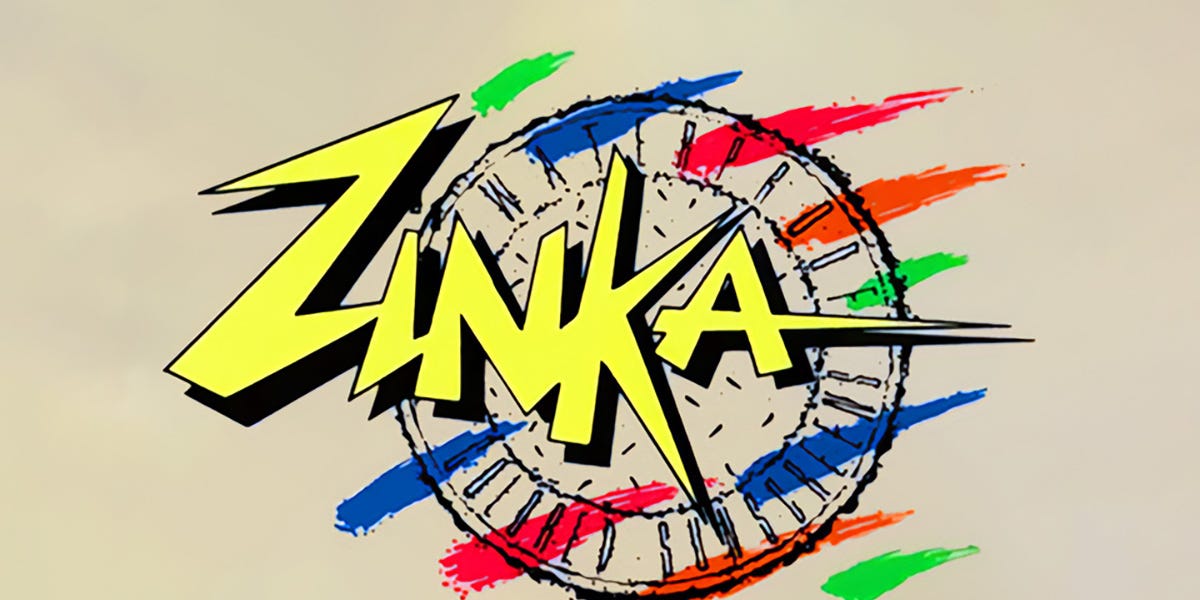
Zinc oxide is a mineral that sits on top of the skin and reflects UV rays, making it one of the most effective ingredients for broad-spectrum sun protection. In the early 1980s, its use as a sun protecting face cream was purely practical. White, sticky, and utilitarian. Still, if you needed to protect your skin, its sun-blocking power made it a must-have for lifeguards and frequent beachgoers. It was especially common on noses, and the image of a sun-baked beachgoer with a white zinc-covered nose became a recognizable cultural reference. It was effective, but it wasn’t attractive. But what if it could be? What would it take to make that happen, what might it look like, and most importantly, would people use it?
Two California surfers in their twenties, Michael Rodgers and Tony Casella, had an idea in 1982. They wanted to add color to sunscreen. It would take them over three years and the help of a chemist, but in 1986 they released their own line of colorful zinc-based sunblock. They called it Zinka. Here they are on the news promoting their new product that summer.
Zinka used traditional zinc oxide, but with added moisturizing cream and coconut. Consumers might have appreciated the smell and texture, but it was the vibrant colors that stood out. The original lineup included ten bold colors, such as Neon Pink, Blue Marine, Purple, Brite Yellow, and Neon Green. These choices fit perfectly with the visual style of the mid-1980s.
Marketing started small. Zinka promoters visited beaches and ski areas with product samples. They didn’t just hand them out. They offered to paint people’s faces. You might be applying your usual sunscreen when suddenly, you see people around you with brightly colored stripes and spots. You ask what’s going on. Before long, everyone on the beaches and slopes of California is talking about Zinka.
By the spring of 1986, sporting goods stores began stocking the product. Some even encouraged employees to paint their faces in the store. This helped build word-of-mouth ahead of summer. The pricing was accessible. A tube containing three-quarters of an ounce sold for about $3.95.
A 1986 news report listed sales figures and they were exploding. Starting at just $2,000 in sales in February by July, when the report was published, they were estimating sales of $400,000. That is almost $1.2 million in 2025 dollars.
As more people started using Zinka, Casella and Rodgers paid attention to how it was used. Women matched the colors to their outfits. Younger users adopted it as everyday sun protection. Kids treated it like face paint. This became one of Zinka’s main strengths. Parents who had struggled to get sunscreen on their kids now found the children wanted to put it on themselves. The bright colors also made it easy to see when reapplication was needed.
Fortunately, that wouldn’t be too often. Zinka was waterproof, so it didn’t wash off easily with sweat or swimming. The natural pigments also didn’t stain skin. You could paint yourself blue like a smurf and go about your day without a hint of lingering color afterward.
Zinka was doing so well that they quickly added a new product selling Ztick, a colored lip protector with SPF rating of 15. This, of course, was available in ten colors, and usually cost about $2.
Another product they added was the Zinka Toe in 1987. This was a little container that you could strap onto your watch, sunglasses, or ski poles. It could hold enough Zinka for touch ups or an entire re-application when you are on the go.
I started seeing Zinka that same summer, during a family trip to the Jersey Shore. It was both confusing and exciting. In my handful of years, I had never seen anything like it. While not everyone on the boardwalks of New Jersey was wearing colored sunscreen, it was a visible trend. I wanted to try it. As summer came to a close, my mother brought home a small jar of sunscreen. It wasn’t Zinka, but a product following the same trend. It was called Le Zink.
Le Zink was another colored zinc brand. It appeared not long after Zinka launched. An Australian company released it around the same time, and by summer 1986, it had reached U.S. store shelves. Sold in 0.35-ounce containers for about $5, Le Zink had a similar concept and price point. Both brands operated in parallel, though there is no record of a direct rivalry. Zinka held a strong place in surf culture and broader U.S. retail. Le Zink remained more niche, found mostly in malls and drugstores.
Zinka continued to grow and expand its product line. But by the early 1990s, fashion trends had shifted. Muted tones and utilitarian outdoor wear were coming into style. Neon colors began to feel outdated. At the same time, environmental concerns about coral bleaching led many to seek clearer, mineral-based sunscreens. Zinka adapted, adding clear formulas to its product line. Even so, sales slowed during the 1990s. The brand still found loyal use among surfers and outdoor enthusiasts.
In the mid-2010s, retro style made a return. Zinka re-emerged, appearing again on social media and in surf shops. The company reintroduced several neon shades, now with 25 percent zinc oxide, water resistance, and sweat protection for up to 80 minutes. All that effort found new fans and today, Zinka remains available online and in surf shops, maintaining its niche status among lifeguards, skiers, and now nostalgic sun-seekers.
Zinka’s story is a wonderful example of a niche product that captured a cultural moment and managed to survive long enough to enjoy a second life. While it might have started there, its appeal was never only about sun protection. It was a mix of function, fun, and fashion that turned sunscreen into something people wanted to wear. And while it might not be as widespread as it once was, its colorful imprint still lingers.
Trending Products


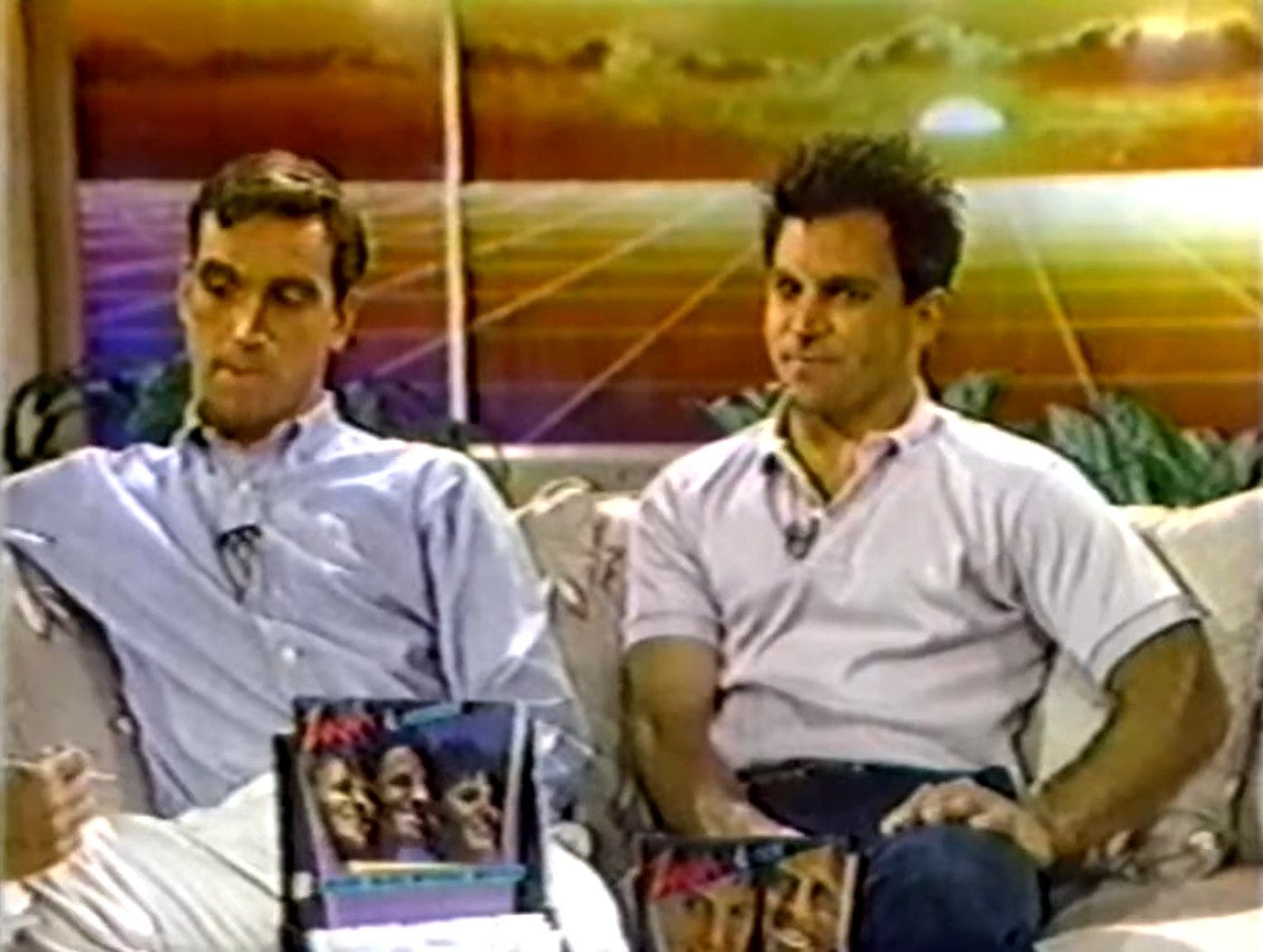
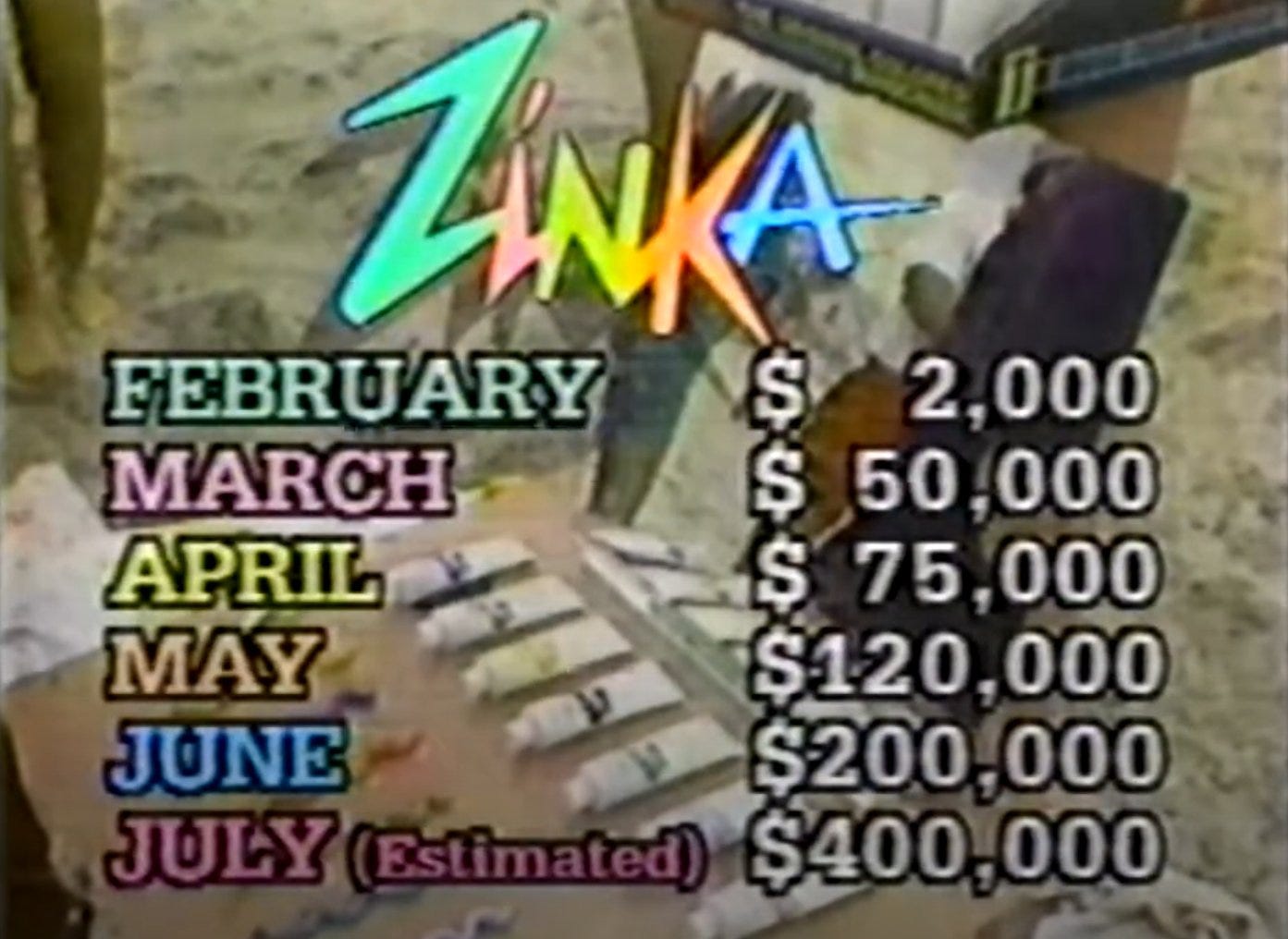
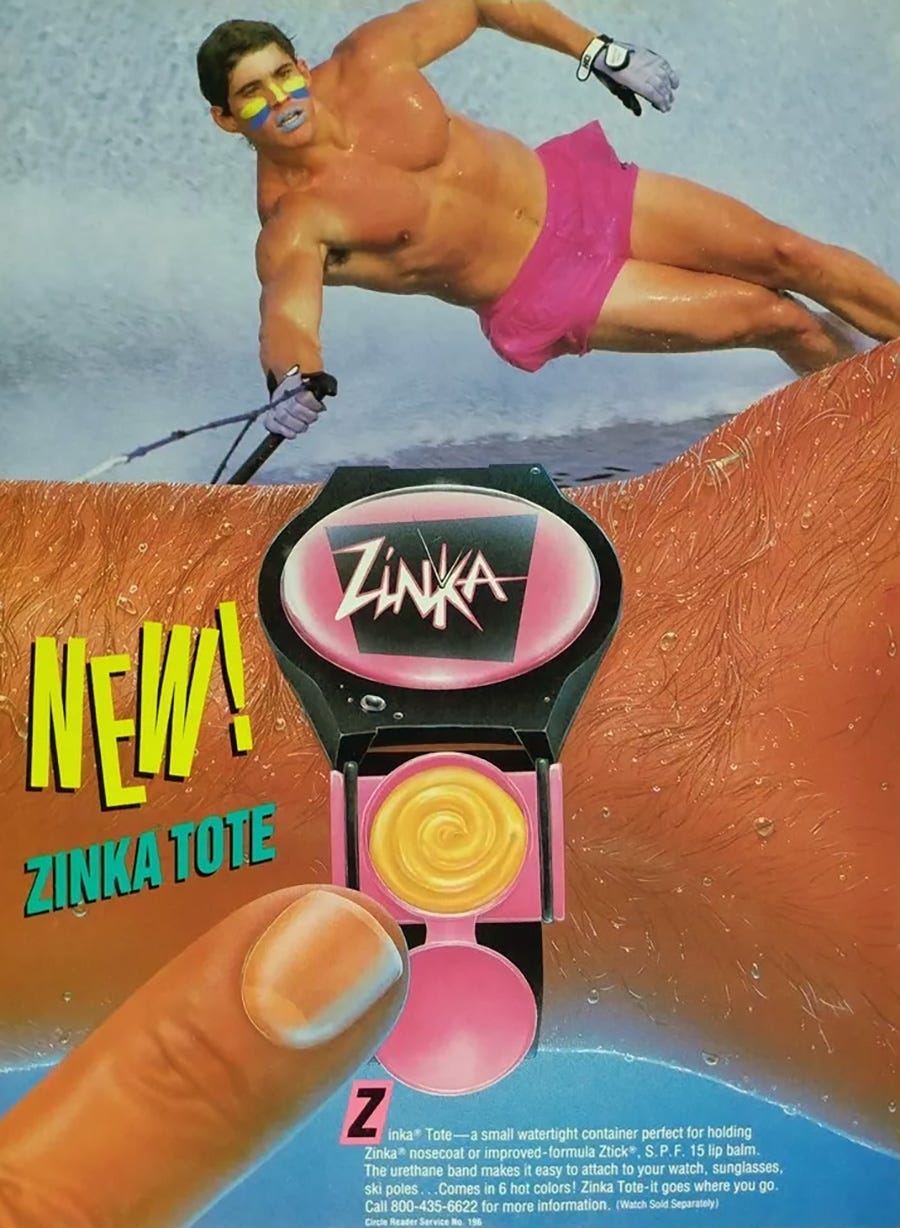
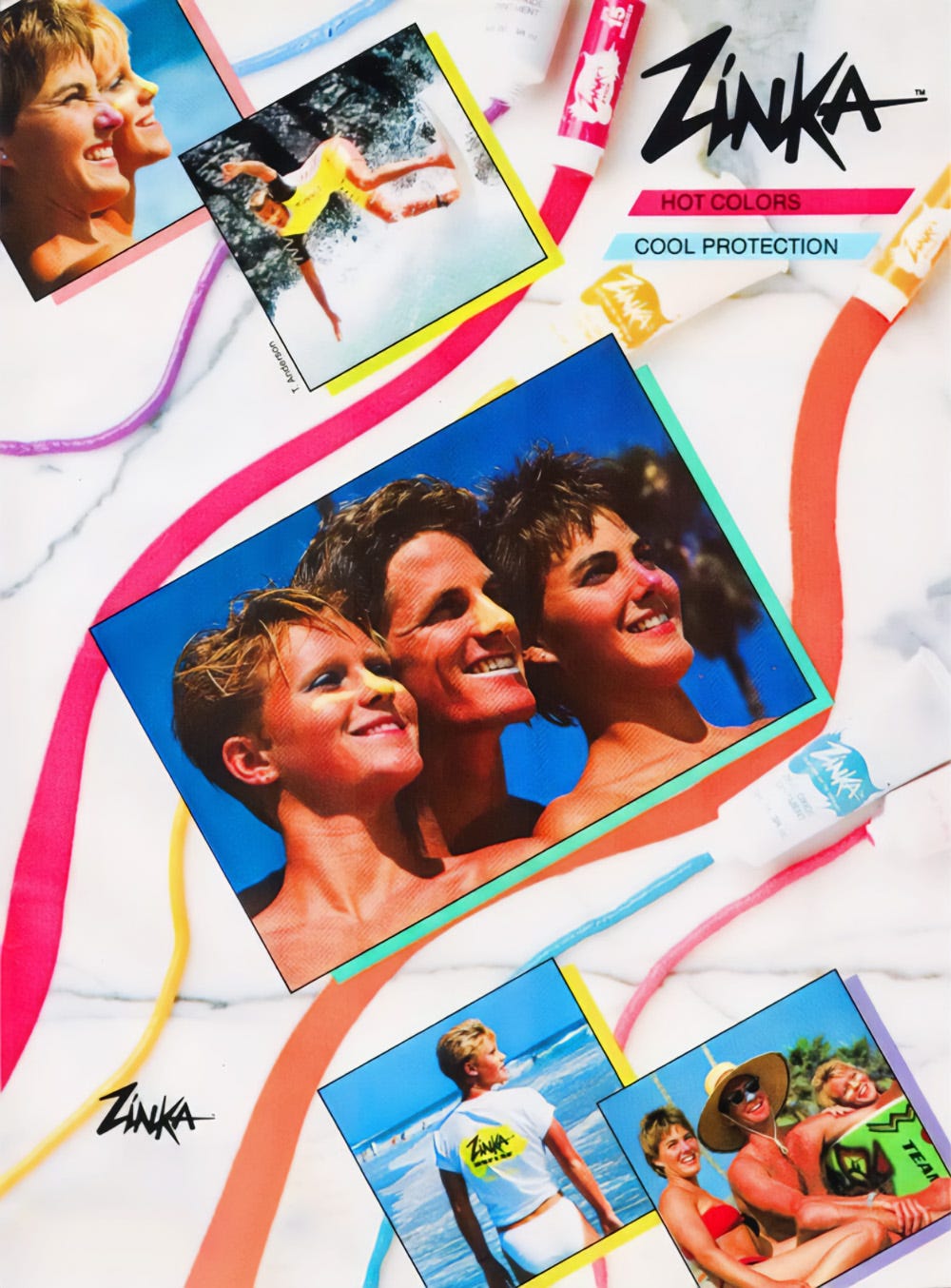
![NOW Country Classics: 90âs Dance Party[Lemon & Spring Green 2 LP]](https://m.media-amazon.com/images/I/61hVquUofcL._SL500_._SS300_.jpg)


